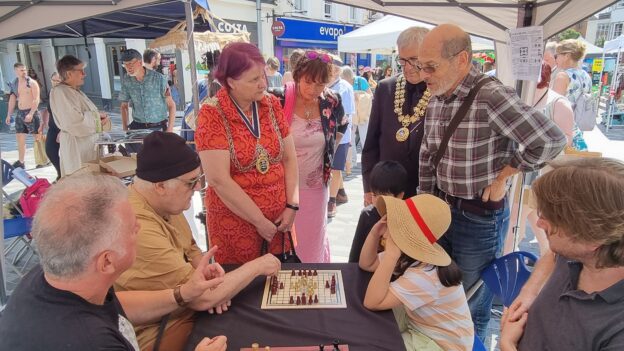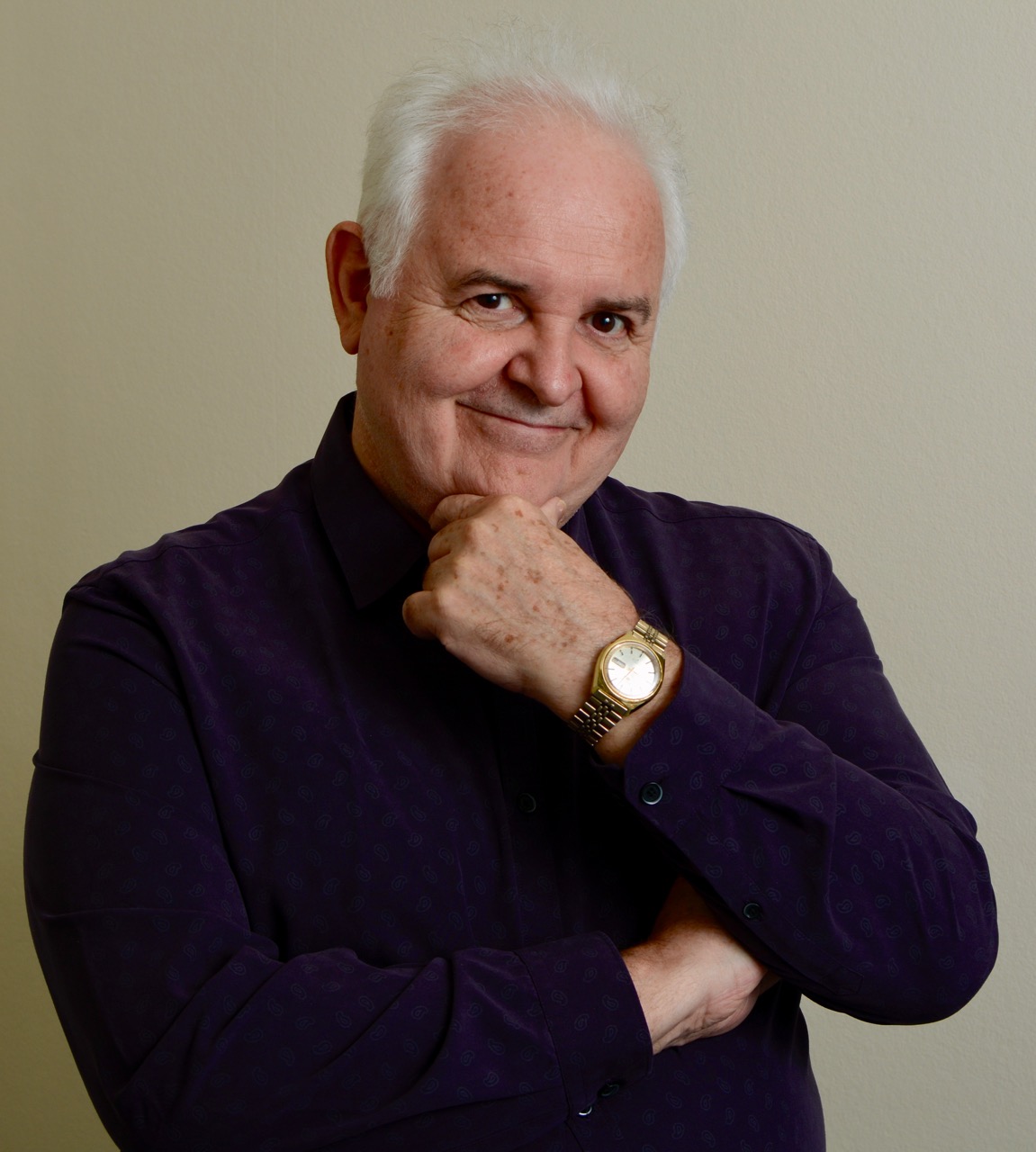On Saturday 27 July we brought Hnefatafl and giant chess to the centre of Kingston – and the success of the move exceeded our wildest imaginings
Image: The Mayor of Kingston visiting the Kingston Chess Club stand
Kingston Chess Club will celebrate its 150th anniversary in the 2025/26 season, but last Saturday we decided to delve a little deeper into the history of both Kingston and chess. Several members of the club participated in, or attended, the Kingston Saxon Fayre organised by the Kingston Heritage Service. We had two locations – one in the ancient market square and one in the churchyard of All Saints Church. The day exceeded our wildest expectations. For a start, the weather was glorious – the weather gods are more interested in Saxon history than Parisian sports events – and we were extremely busy at both locations from the start at 11am until the end at 5pm.
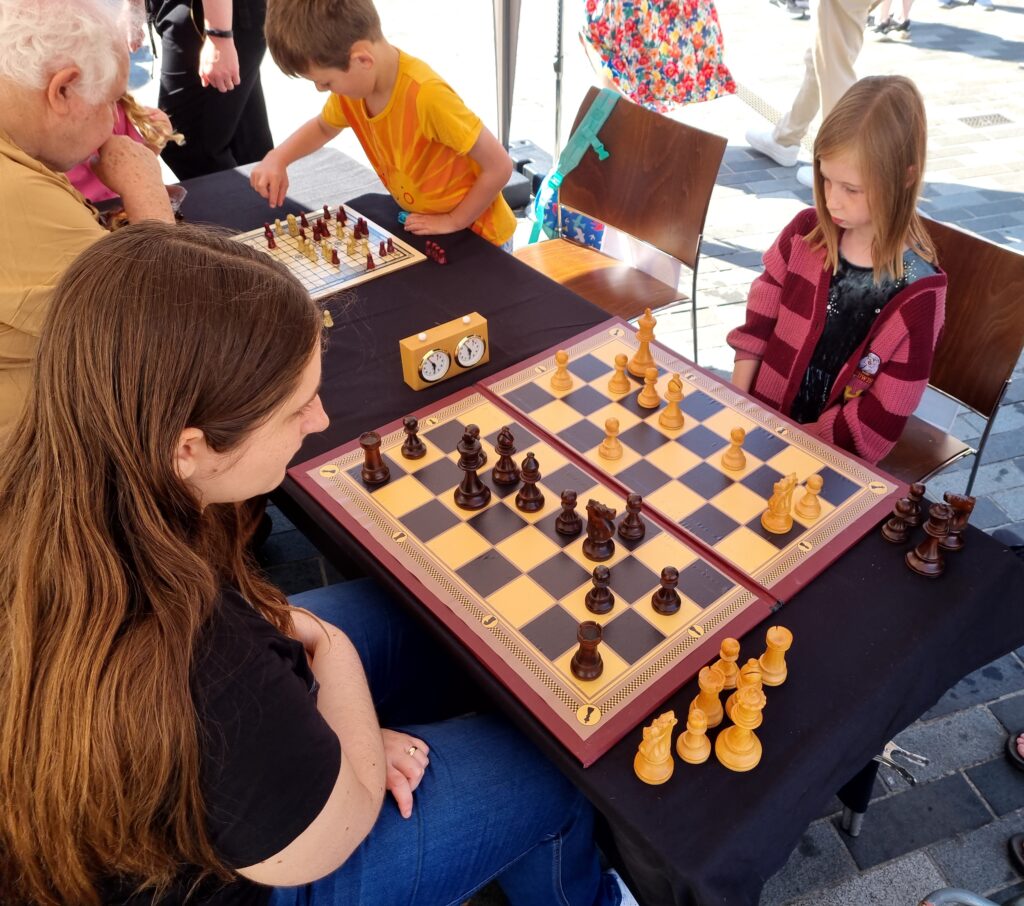
Market Square
The town’s market square was the centre of the Saxon celebrations. Managing our stall was club president John Foley, who arrived early to set up our gazebo. This housed a trestle table on which was a splendidly large demonstration chess set and a game from the Saxon period – Hnefatafl. The name of the club was prominently displayed on two menu stands. All Saints church had kindly provided the trestle table and four chairs as well as several posters to bring attention to the regular chess social activity which takes place at the church on Wednesday mornings.
Our stall sat prominently within a circle of Saxon-themed stalls, including live sheep and goats, a forge, stained glass-making, some nasty-looking weapons, craftwork, Anglo-Saxon clothing, falconry, historic recreations, music and so on. Also attending were organisations closely involved in research into Saxon history and culture, including the Kingston Society, Surrey Archaeology, the Dark Ages Society and Malmesbury Archaeology.
The set of large pieces attracted considerable interest from the public, proving that chess can be a tactile as well as an intellectual experience. So many youngsters queued up to play that Jaden Mistry was tasked to fetch another chess set which we squeezed on to the trestle table. Jaden was there for most of the day and played chess against all-comers.
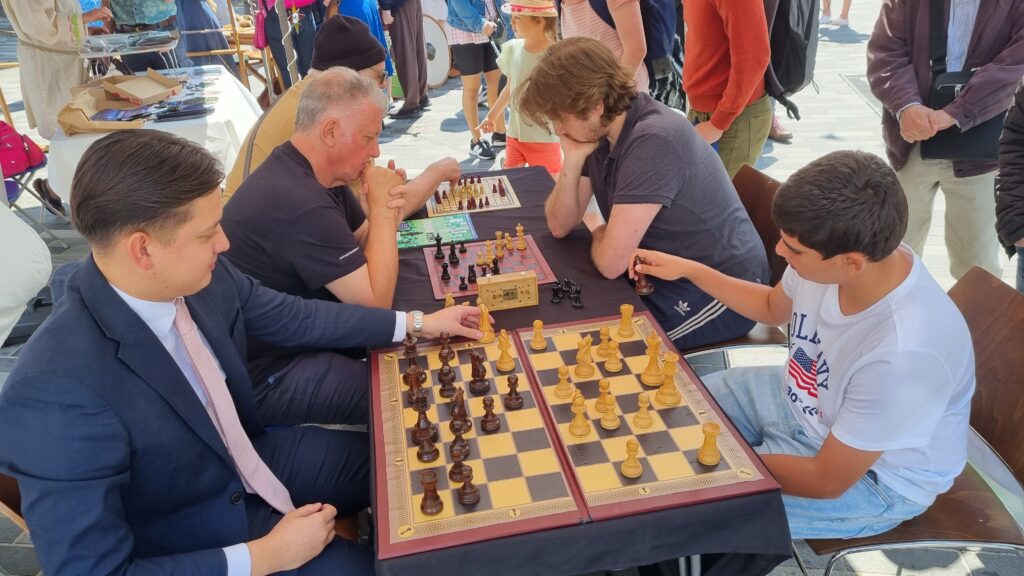
John took responsibility for demonstrating the game of Hnefatafl. This was necessary for historical authenticity because the Saxons never played chess – they got it from the Vikings. A brief history of the Saxons is required.
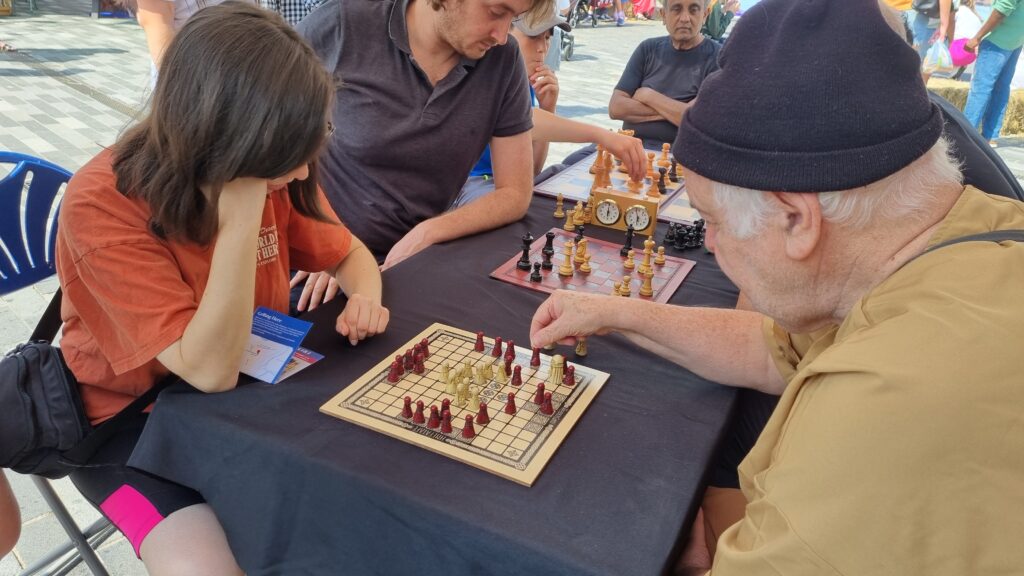
When the Romans left Britain in 410 AD, the Saxons started to arrive in numbers from Germany. Kingston Council runs the Saxon Fayre to reclaim its history. Seven Saxon kings were crowned at Kingston, starting with Æthelstan in 925 – the 1100th anniversary of that event next year promises to be a very big event in the royal borough. Æthelstan was followed by Eadred in 946 and Æthelred the Unready, who we like to consider the patron saint of the Kingston club, in 978. Kingston was the capital of England in the 10th century after Æthelstan effected a merger of the kingdoms of Wessex and Mercia. Kingston is a crossing point on the Thames between the two kingdoms.
The Saxons mixed with the local Britons, resulting in a hybrid Anglo-Saxon culture. The Anglo-Saxons continued to play Roman games such as Nine Men’s Morris and Ludus Latrunculorum. It was only with the Vikings that new games came along. Lindisfarne Priory was famously sacked by the Vikings in 793 AD – not the best way to introduce a new game.
The first record of chess being played in England dates back to Cnut, King of Denmark and England, who learned to play chess while on a pilgrimage to Rome in 1027. The famous Lewis Chessmen found in the Isle of Lewis in Scotland have been dated to the 11th or 12th century. William the Conqueror was already playing chess in 1060, before the Norman Invasion of 1066 which, according to historians, is the official end of the Anglo-Saxon period.
We may infer that the Anglo-Saxons may only have been playing chess for a decade or so before they were conquered. What is certain is that they were playing the game of northern Europe and Scandinavia spread by the Vikings. This game is known as Hnefatafl, which translates as “fist table” where “fist” represents a “king”, giving us the most common translation: “king’s table”.
According to the chess historian Richard Eales “Chess did not become popular in the 11th and 12th centuries because it came to people who thought it wholly original or had never seen board games before. Rather, chess succeeded by displacing the existing range of games; because it was inherently more complex and interesting or because it was introduced as one aspect of a new dominant culture.”
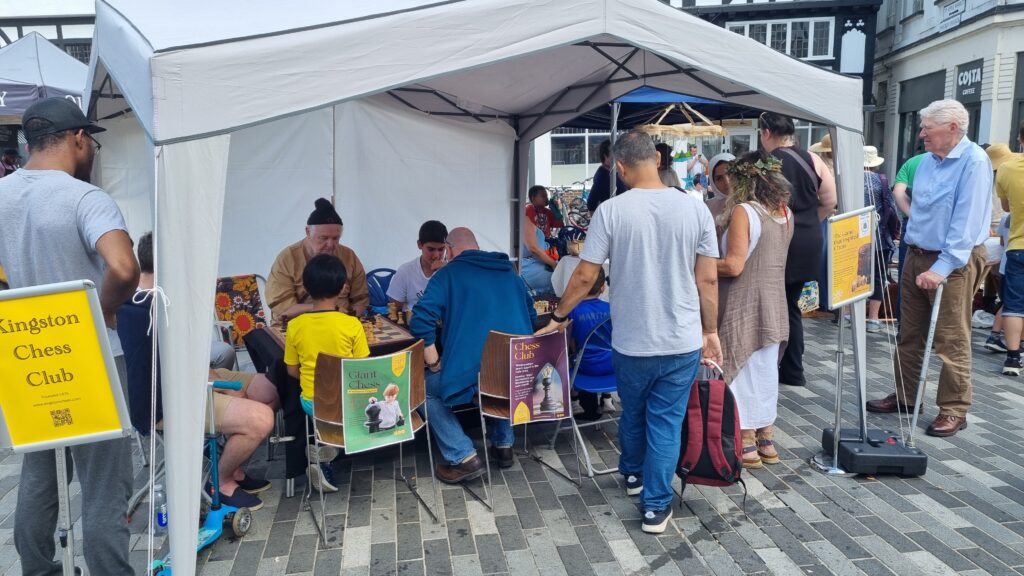
For this event, we procured from Regency Chess a beautiful Hnefatafl set of reconstructed pieces made from resin and stone powder, with a historically accurate wooden board. John was surprised to find that the queue for Hnefatafl was just as long, if not longer, than the queue for chess. There was no break for lunch.
Hnefatafl is a tabletop game played by both the Saxons and the Vikings, and can be seen as a precursor of chess. The king sits in the middle of the board and attempts to escape to one of the corners, as the monarch’s guards do battle with the berserkers of the chasing army. It all seems rather insurrectionary and politically provocative for the early medieval period – is the king trying to flee his realm? But it proved a big hit in the marketplace, alongside the falconry, forge and flax spinning, and President Foley is now talking about renaming us Kingston Chess and Hnefatafl Club. After all, he argues, nobody challenges the full name of the All-England Lawn Tennis and Croquet Club.
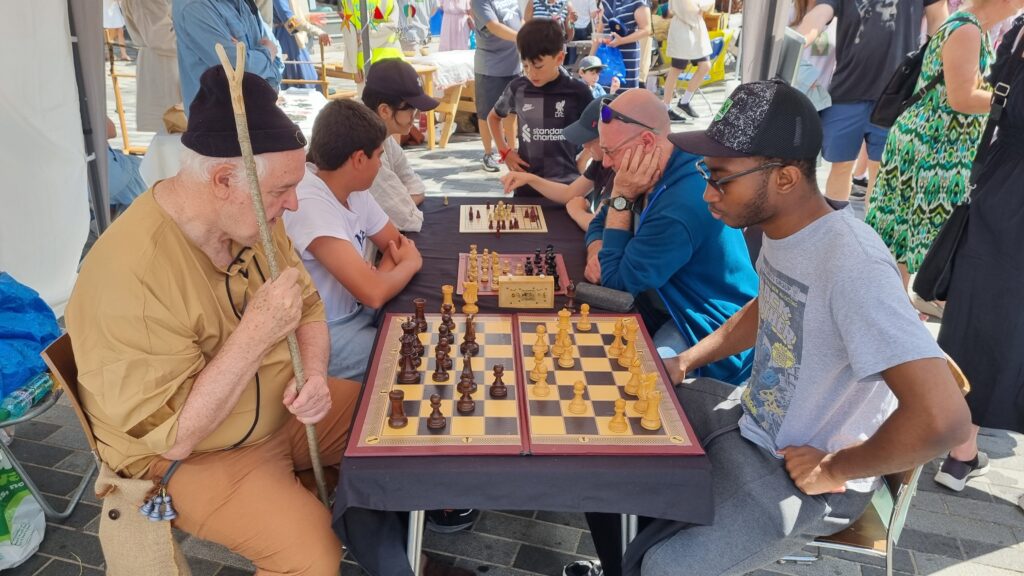
John did a huge amount of work to ensure the day went well, even dressing up in appropriate Saxon clothing, which may well now become his standard uniform at club matches. At one point he was able to join a passing procession of friars and minstrels without anyone batting an eyelid. With all due respect, a man born a thousand years too late.
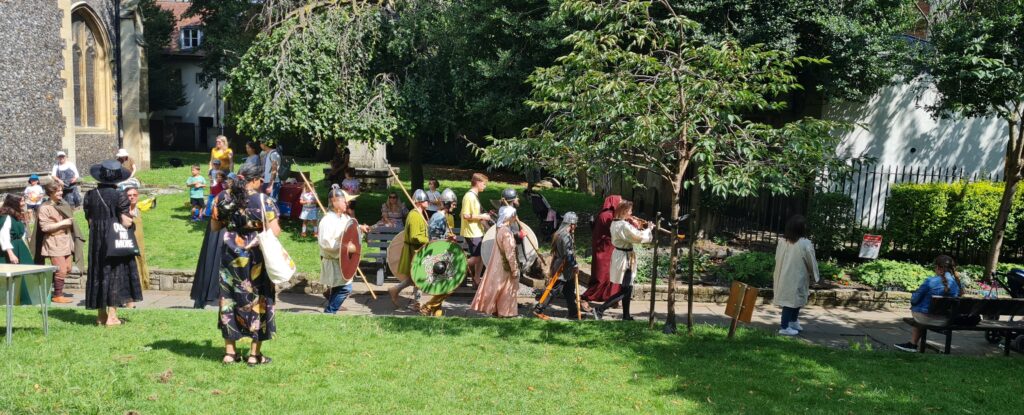
All Saints churchyard
Stephen Moss managed the giant chess set in the church grounds. His challenge was to find some way to hook the audience. Nobody was going to wait around for Stephen and his able assistant Dominic Fogg to finish their game lumbering over the giant chess table. So he came up with the brilliant idea of borrowing another trestle table from the church and a couple of sets that we use for Wednesday chess. This served as the Beginners Corner, with fascinated children and more especially ultra-competitive dads playing throughout the afternoon.
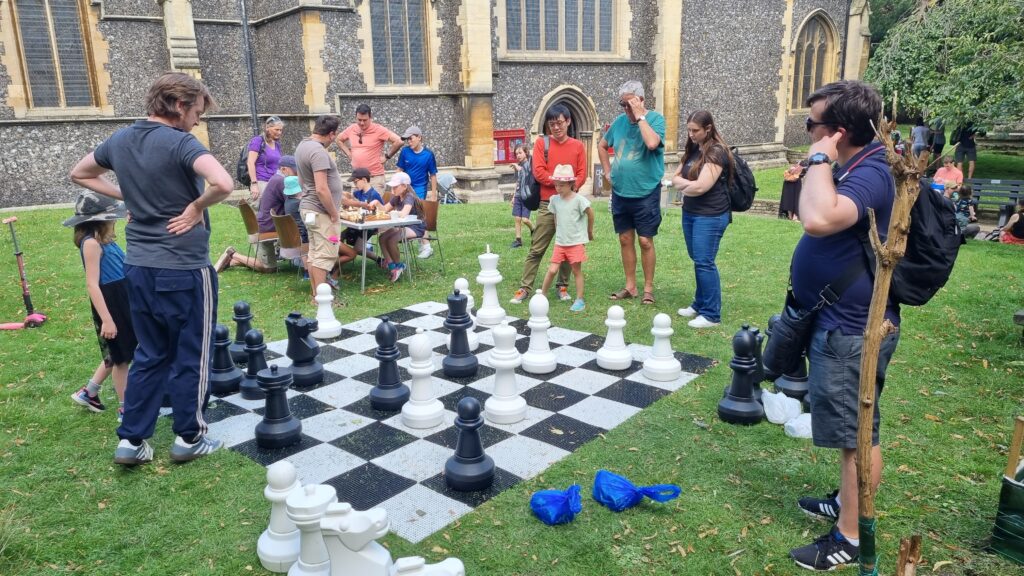
The giant chess set was hampered by the fact that we were four pawns short of a full set – a description which could be applied to the club generally, one wag said unkindly – but we ingeniously got round the problem by wrapping bean tins in plastic bags. At one point we also pressed a young man dressed in chain mail into service as a knight, though the fact that he was smoking was not ideal and it was in some ways a relief when he was captured. One very strong player came by and said he found trying to calculate variations on a giant set where four central pawns were represented by bean tins wrapped in blue and white plastic bags very tough, but who said chess was meant to be easy?
Stephen Moss had been rather doubtful about the day. He was only wearing regular suburban T-shirt and shorts, not the Saxon garb. Even though a cynic, he had to admit it had been splendid. He may have been influenced by the supply of free oat and honey cakes (made using an original Saxon recipe apparently), and by the fact that none of the vigorous battles between small children using swords and shields that were taking place on the lawn where the giant set was located resulted in hospitalisation. He admired the children who stuck with the chess when they could have been plunging vicious-looking plastic weapons into their friends and siblings. A happy day and a peaceful knight.
Credits
Club activators: John Foley, Stephen Moss, Alicia Mason, Malcolm Mistry, Jaden Mistry, Dominic Fogg, Alan Scrimgour, Leila Raivio
Club visitors: Vladimir Li, Colin Lyle, David Shalom, John Bussmann, Leon Mellor-Sewell, Ergo Nobel
